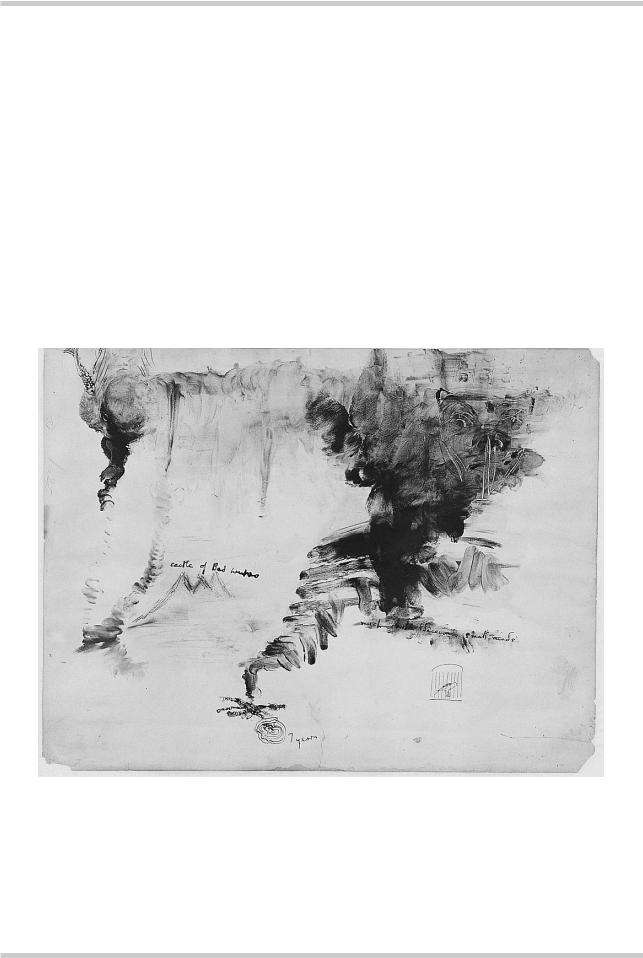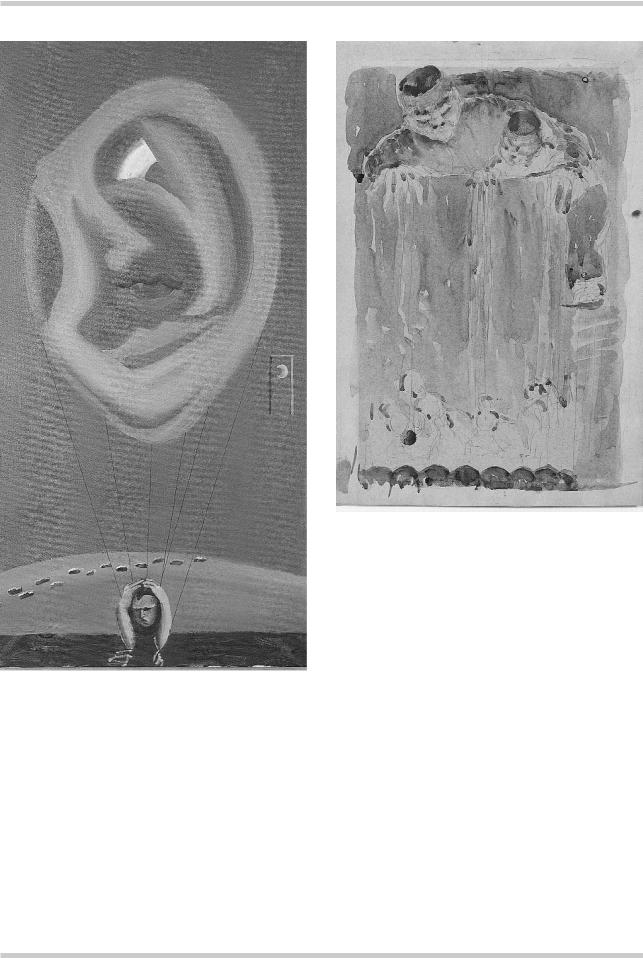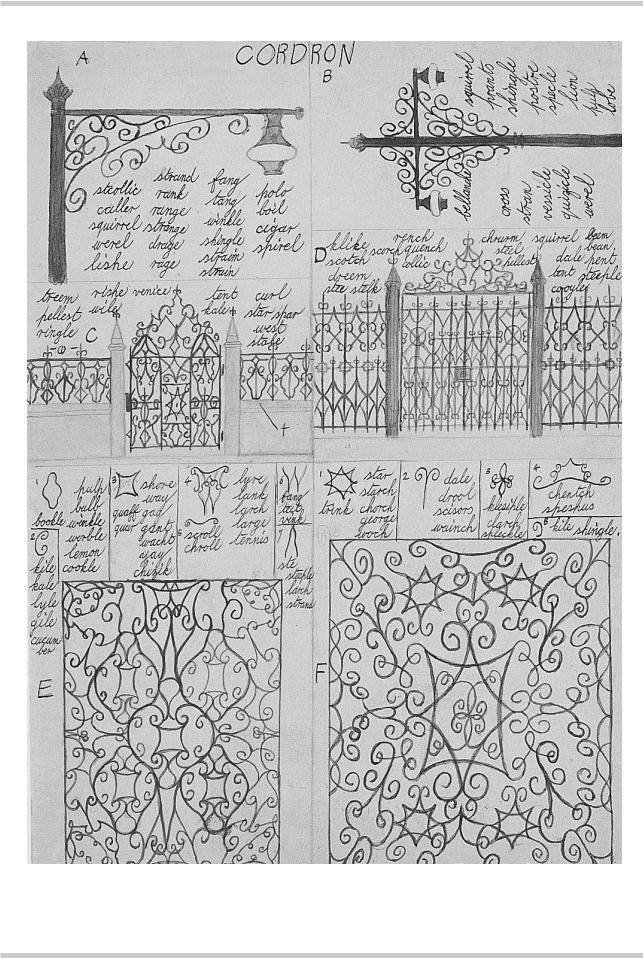
- •Contents
- •Other atlases in this series include:
- •Preface
- •Foreword
- •History and Classification
- •The Acute Illness
- •The Chronic Illness
- •Factors Affecting Prognosis
- •References
- •Genetics
- •Environmental Influences
- •Early Environmental Factors
- •Obstetric Complications
- •Prenatal Infection
- •Neurodevelopmental Abnormality
- •Later environmental factors
- •Substance Misuse
- •Social and Psychological Factors
- •Conclusion
- •References
- •Structural Imaging and Anatomical Studies
- •Functional Brain Imaging
- •Neurochemistry
- •Neuropsychology
- •Psychophysiology
- •References
- •Introduction
- •Classification of Antipsychotics
- •Neurochemistry of Schizophrenia and Mechanisms of Action of Antipsychotics
- •Dopamine
- •Serotonin
- •Other Neurotransmitters
- •Efficacy of Antipsychotics in the Acute Phase of Treatment
- •Pharmacotherapy as Maintenance Treatment in Schizophrenia
- •Low-Dose Antipsychotics
- •Intermittent or Targeted Medication
- •Acute Neurological Side-Effects
- •Medium-Term Neurological Side-Effects
- •Chronic Neurological Side-Effects
- •Neuroendocrine Effects
- •Idiosyncratic Effects
- •Cardiac Conduction Effects of Antipsychotics
- •Clozapine
- •Risperidone
- •Olanzapine
- •Quetiapine
- •Amisulpride
- •Ziprasidone
- •New Antipsychotics Currently in Phase III Clinical Trials
- •Iloperidone
- •Aripiprazole
- •Negative Symptoms
- •Cognition
- •Affective Symptoms
- •The Future
- •References
- •Psychological Therapies
- •Cognitive Behavioral Therapy
- •Neurocognitive Remediation
- •Compliance with Drug Treatment
- •Family Treatments
- •Early Intervention
- •Managing Schizophrenia in the Community
- •References

THE ACUTE ILLNESS
The onset may be rapid, or slow and insidious. In the latter situation in particular, there may be a prolonged period of undiagnosed illness in which the affected person slowly becomes more withdrawn and introverted. They may develop unusual interests, particularly of a religious or philosophical kind, and drift away from family and friends. They may also begin to fail in their occupation or schoolwork. This process can take weeks to years but eventually, often with a
seemingly precipitating event, the symptoms of florid illness appear.
The acute symptoms are variable but usually include delusions, hallucinations, abnormal thought processes and passivity experiences (Figures 1.11–1.16). In addition, there may be formal thought disorder, and flat or inappropriate affect. Abnormal motor signs, sometimes termed catatonic, used to be common but now are much less so in Western countries. At this stage of the illness, positive symptoms tend to dominate the clinical picture.
Figure 1.11 Castle of Bad Dreams, by Phyllis Jones, 1936. This picture “Served a double purpose, firstly to illustrate one of Grimm’s fairytales of ‘The foolish old woman’ and her wishes, and secondly to symbolize her own life”. It is tempting to speculate that it indicates a depressive component to her symptoms. Reproduced with kind permission of the Bethlem Royal Hospital Archives and Museum, Beckenham, Kent, UK
©2002 CRC Press LLC

Figure 1.12 Grey self-portrait, by Bryan Charnley. This painting illustrates aspects of Charnley’s psychotic symptoms, including that of hearing voices. Reproduced with kind permission of the Bethlem Royal Hospital Archives and Museum, Beckenham, Kent, UK
Figure 1.13 Puppeteers, by Phyllis Jones, 1936. This patient was a talented artist, who was admitted to a psychiatric hospital at the age of 22 years complaining of hearing voices, and convinced her food was being poisoned. The clinical description suggests a florid psychotic illness, of acute onset, accompanied by severe affective disturbance. Reproduced with kind permission of the Bethlem Royal Hospital Archives and Museum, Beckenham, Kent, UK
©2002 CRC Press LLC

Figure 1.14 Cordron, by Gilbert Price. This patient was admitted at the age of 22 years. His extreme shyness and eccentric behavior culminated in his arrest for ‘suspicious’ conduct. Neologisms, elaborated into complex descriptive systems of pictures, chimneys and other objects, dominated his psychopathology. Reproduced with kind permission of the Bethlem Royal Hospital Archives and Museum, Beckenham, Kent, UK
©2002 CRC Press LLC

Figure 1.15 Cats, by Louis Wain (1860–1939). Wain was a British artist who became famous for his drawings of cats. He was a patient at the Bethlem Hospital in the 1920s. Paintings such as these, which are suggestive of disorganization, visual perceptual disturbances and abnormalities of affect, have been taken as illustrative of his psychological decline, although more recent scholarship suggests that they were not out of keeping with contemporary design practice. Reproduced with kind permission of the Bethlem Royal Hospital Archives and Museum, Beckenham, Kent, UK
THE CHRONIC ILLNESS
Eventually, even without treatment, the acute symptoms of schizophrenia usually resolve. Unfortunately this does not always mean that the patient will fully recover. Over 50% of patients diagnosed as suffering from schizophrenia will show evidence of a significant degree of negative symptomatology. Furthermore, in chronic schizophrenia, positive symptoms also frequently remain, although they tend not to predominate.
Negative symptoms may also be seen in the acute episode, and their onset can often precede (as one form of ‘schizophrenic prodrome’) the development of typical positive symptoms. Negative symptoms are multifactorial in origin. Primary negative symptoms may be difficult to distinguish from those secondary to florid positive
NEGATIVE SYMPTOMS
Poverty of speech Restriction in the amount of spontaneous speech and in the information contained in speech (alogia).
Flattening of affect Restriction in the experience and expression of emotion.
Anhedonia–asociality Inability to experience pleasure, few social contacts and social withdrawal.
Avolition-apathy Reduced drive, energy and interest.
Attentional impairment Inattentiveness at work and interview.
©2002 CRC Press LLC

Figure 1.16 Broach shizophrene, by Bryan Charnley. Bryan Charnley illustrated the experience of psychosis in many striking artworks, including a series of self-portraits painted as he came off medication (see Figure 1.20). Reproduced with kind permission of the Bethlem Royal Hospital Archives and Museum, Beckenham, Kent, UK
psychotic symptomatology, while others may represent side-effects of antipsychotic drugs. It is often difficult to differentiate between the negative symptoms of schizophrenia and the symptoms of a depressive illness. Depression is common in schizophrenia, and often becomes evident as the acute episode resolves.
True primary negative symptoms are often described as ‘deficit’ symptoms. Their frequency is markedly increased in chronic schizophrenia and is related to poor prognosis, poor response to antipsychotic drugs, poor premorbid adjustment, cognitive impairment and structural brain abnormalities (sometimes called ‘type 2’ schizophrenia). These symptoms are not easy to treat, are often very distressing to families and carers,
and are the most important cause of long-term disability.
COURSE AND OUTCOME OF
SCHIZOPHRENIA
The in-patient psychiatric population has fallen dramatically since the 1950s in Western countries, when effective antipsychotic drug treatments first became available (Figure 1.17). However, the outcome of schizophrenia, even with treatment, remains variable (Figure 1.18 and Table 1.1)11–17.
Longitudinally, the typical course of chronic schizophrenia is described in Figure 1.1918. Schizophrenia also carries a high mortality. Rates of suicide in follow-up studies vary from about 2%
©2002 CRC Press LLC

CHANGES IN THE IN-PATIENT PSYCHIATRIC POPULATION OF ENGLAND & WALES
occupiedannualAverage bedshospitalpsychiatric |
160000 |
|
140000 |
||
|
||
|
120000 |
|
|
100000 |
|
|
80000 |
|
|
60000 |
|
|
40000 |
|
|
20000 |
|
|
0 |
|
|
1845185518651875188518951905191519251935194519551965197519851995 |
Figure 1.17 There was a steady increase in the in-patient mental hospital population in England and Wales during the hundred years from 1860. This was due to a combination of factors, including increased urbanization and changes in mental health legislation. The sharp decline in this population coincided with the introduction of effective antipsychotic medication, together with changes in health policy and legislation
|
FIVE-YEAR FOLLOW-UP OF 102 PATIENTS |
|
|
|
WITH SCHIZOPHRENIA |
|
|
|
One episode |
13% |
|
1 |
no impairment. |
||
|
|||
|
Several episodes with no |
30% |
|
2 |
or minimal impairment. |
||
|
|||
|
Impairment after the first |
|
|
|
episode with occasional |
10% |
|
3 |
exacerbations of symptoms. |
||
No return to normality. |
|
||
|
|
||
|
Impairment increasing with |
|
|
|
each exacerbation of |
47% |
|
4 |
symptoms. No return |
||
to normality. |
|
||
|
|
Figure 1.18 Course of schizophrenia. Four typical patterns in the course of schizophrenia are described by Shepherd and colleagues16 who followed up a cohort of patients with an operational (CATEGO-defined) diagnosis of schizophrenia who were admitted to a UK hospital over an 18-month period. Figure reproduced with permission from Shepherd M, Watt D, Falloon I, et al. The natural history of schizophrenia: a five-year follow-up study of outcome prediction in a representative sample of schizophrenics. Psychol Med Monogr 1989;15 (Suppl.):1–46
©2002 CRC Press LLC
